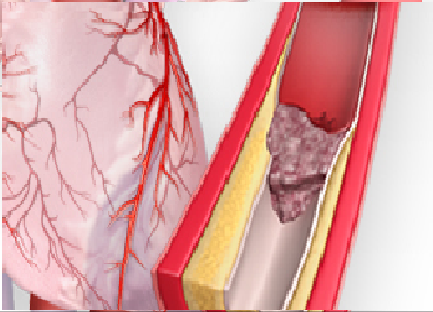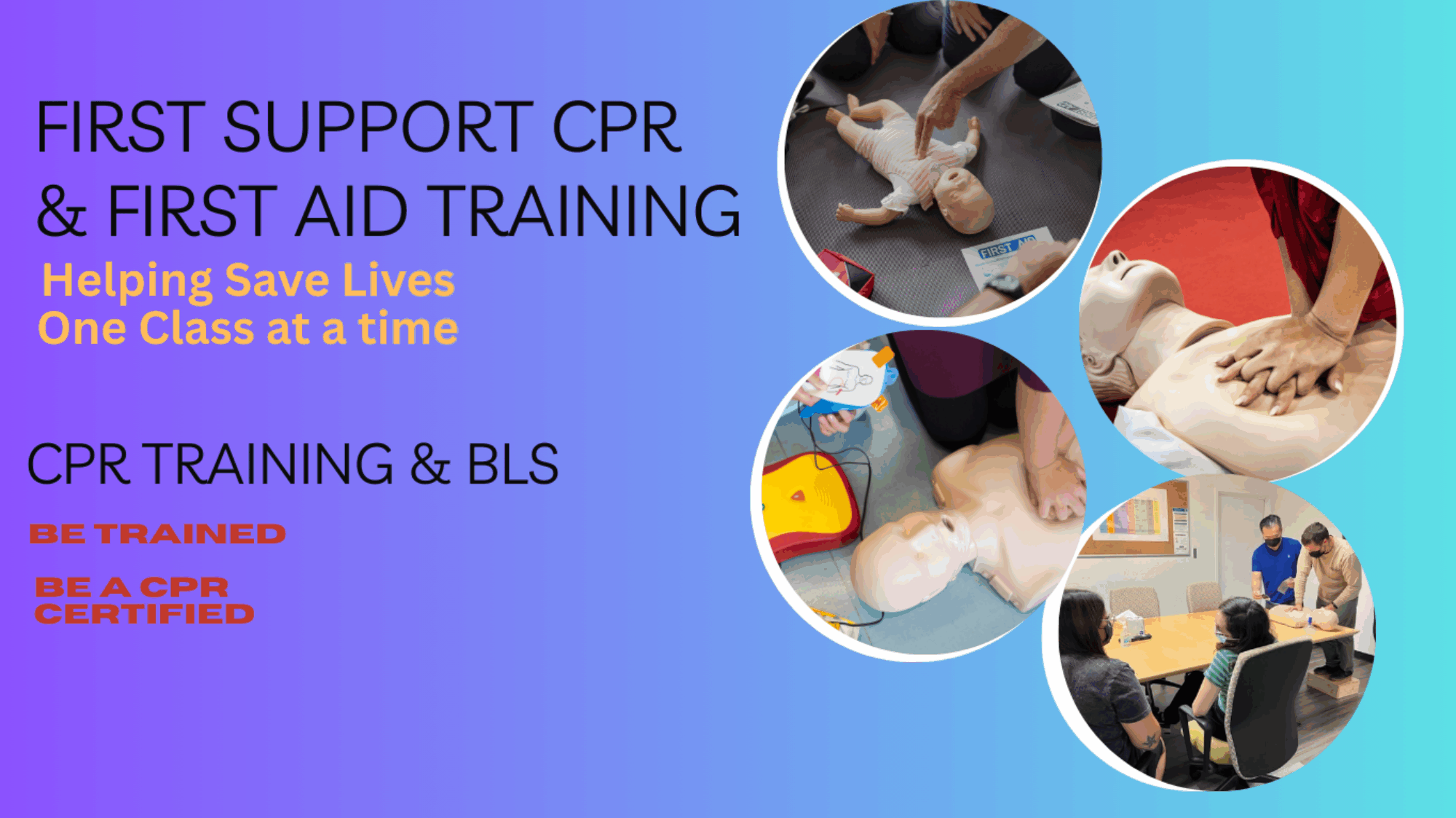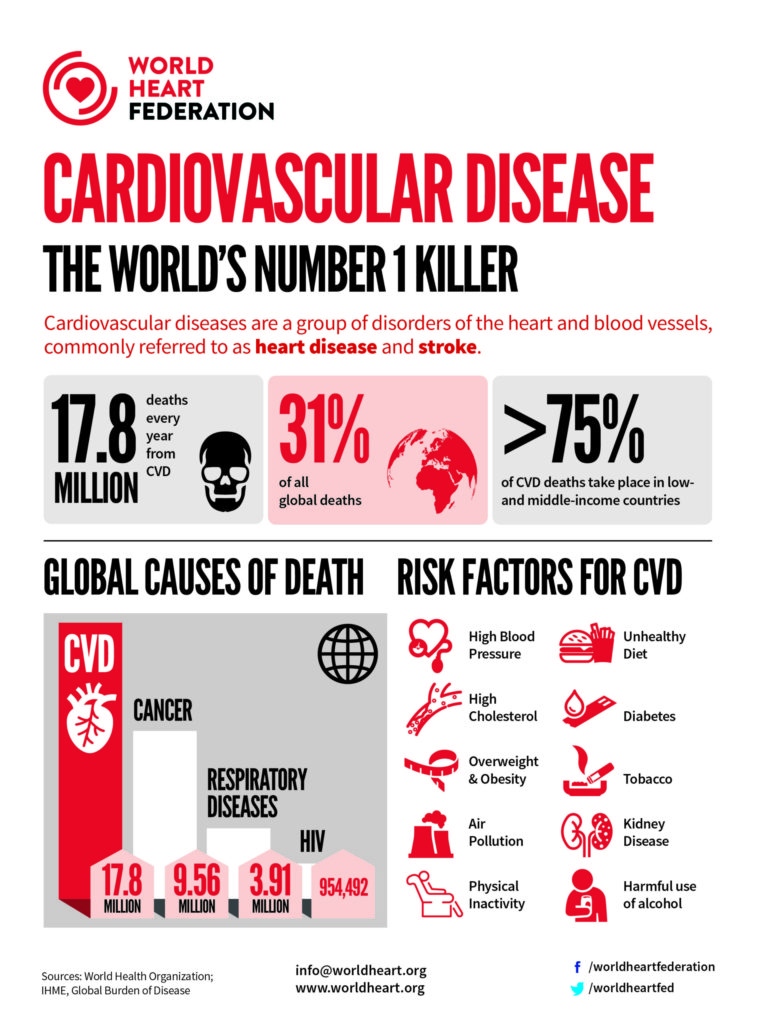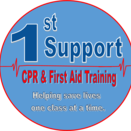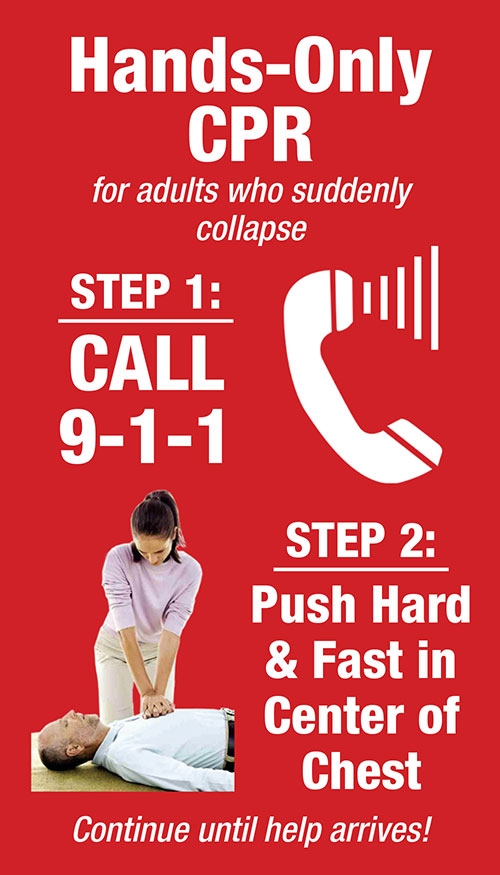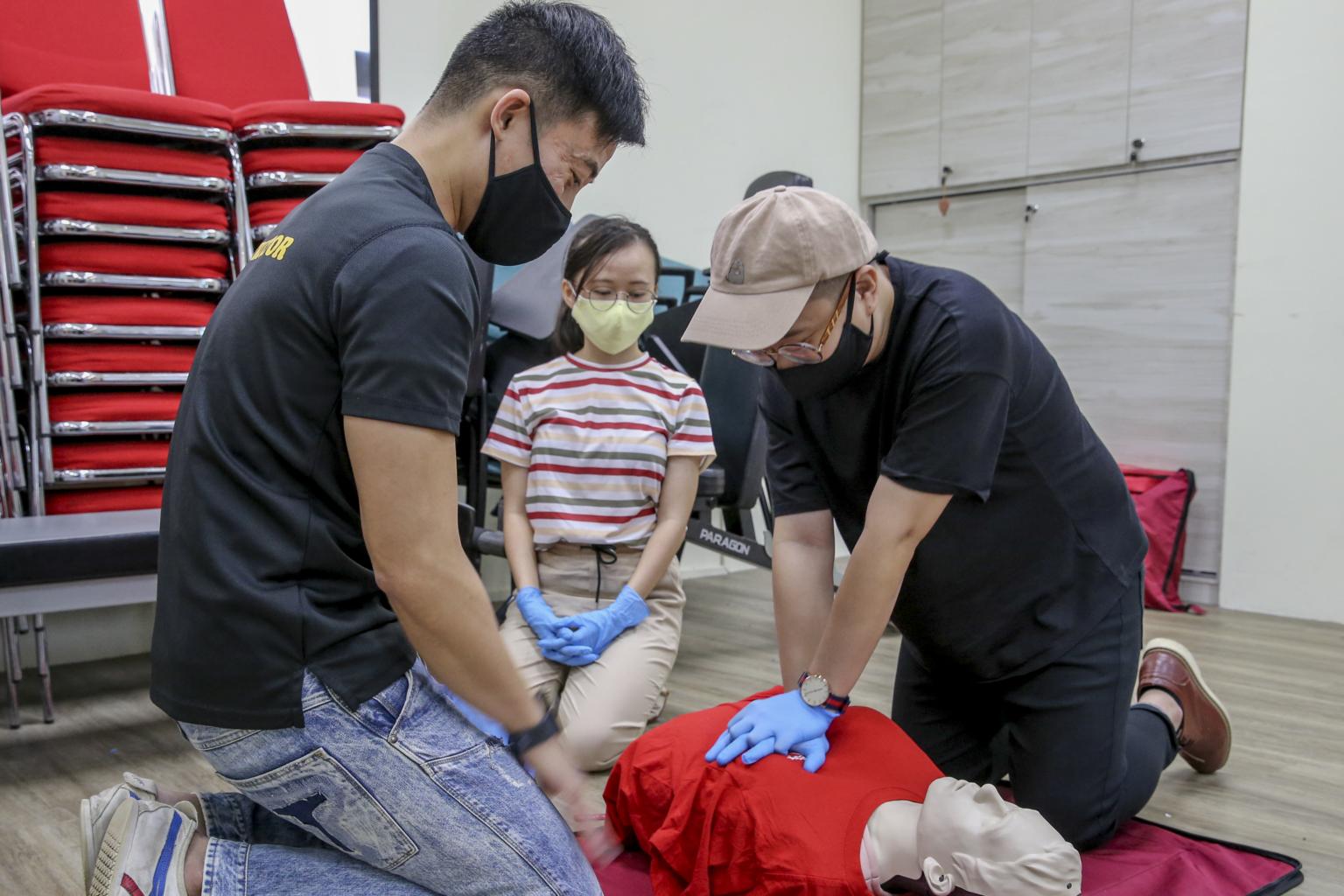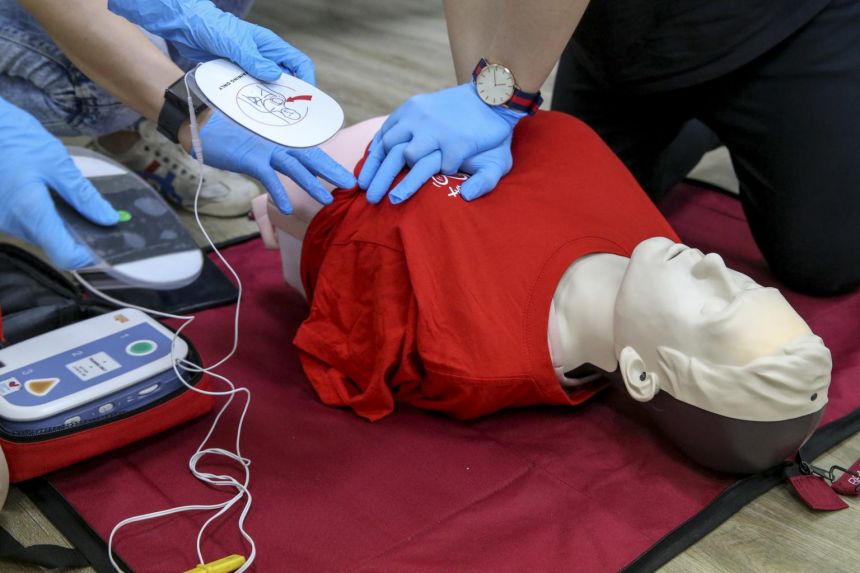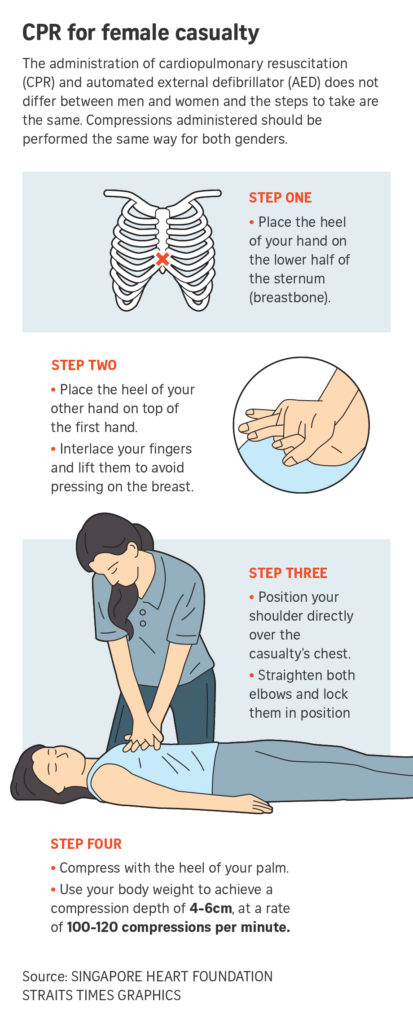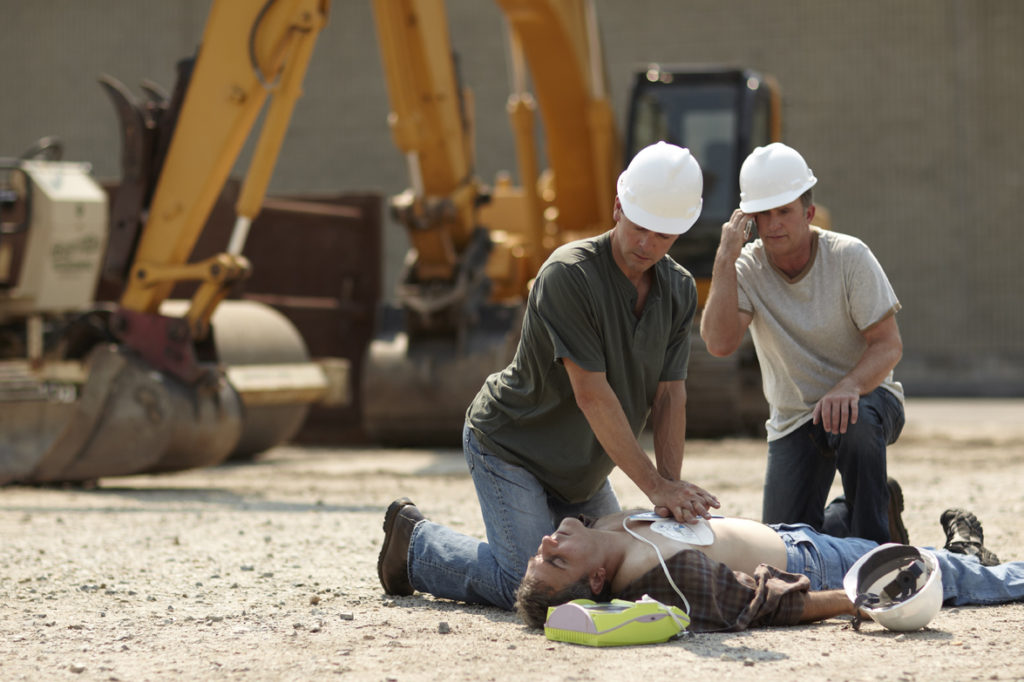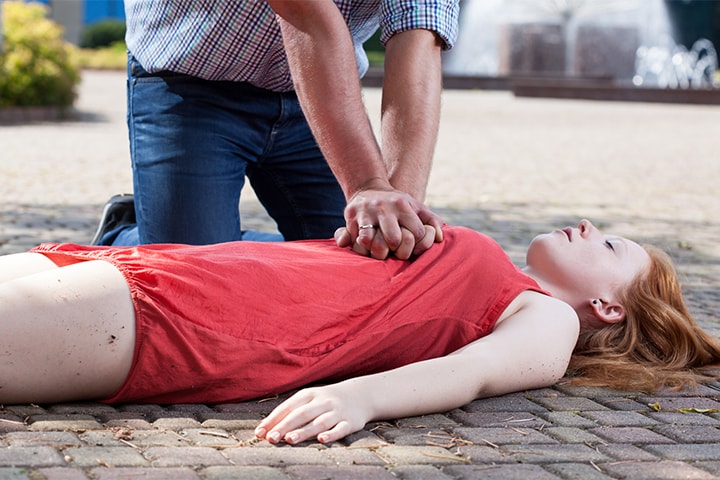Only a few weeks into life, baby Cameron had a cold. At first, it seemed like the stuffy nose all children get, but then Cameron stopped breathing and his parents Bill and Kym Schammert had to perform CPR on him. The scary situation lasted only five minutes before Cameron began crying, a sign that he was again breathing.
“We’re still trying to process everything,” Schammert told TODAY. “We’re blessed that this is the outcome that we got.”
Schammert, an evening news anchor for 10/11 News in Lincoln, Nebraska, shared his story with his social media followers and on air. He wants others to understand the importance of knowing CPR.
“If one parent or if one grandparent sees our story and says, ‘I need to re-up my CPR training.’ ‘I need to look into classes’ … Then it’s all worth it,” he said. “Because then maybe we’ve changed someone else’s life.”
Stuffy Nose Leads to a struggle to Breath
Cameron was born on Dec. 23, 12 days before his due date. Both Kym and baby were healthy. The first week of January, Kym noticed Cameron had a stuffy nose and wasn’t eating as much so she made a doctor’s appointment.
“He was getting a little sniffly. It sounded like he had some gunk in his nose,” Schammert explained. “It just progressively got a little worse during the morning. Nothing alarming.”
As Schammert put Cameron in the car to visit the pediatrician, he looked at Cameron and knew something was very wrong.
“I saw him turning purple. I had to do a double glance,” he said. “This wasn’t how our Cameron normally looks and so we pulled the car seat back out, and we were just in our driveway.”
Schammert called 911 and the dispatcher calmly talked them through performing CPR on Cameron.
“We didn’t know what to do,” he said. “She immediately asked if it’s possible he’s choking on anything, which we didn’t think was possible. But it’s really important to check for that. And he wasn’t. So, the next thing she had us do is lie him flat on his back and she guided us through CPR.”
Kym started by covering Cameron’s nose and giving him “two breaths and 30 rapid compressions in the middle of his chest.” Schammert took over after a few minutes. Soon after, his parents heard the sweet sound of relief when Cameron wailed.
“I told the dispatcher, ‘He’s crying. I think that’s a good thing,’” Schammert recalled. “Then the paramedics showed up and they whisked him away.”
They first went to a local hospital where doctors performed a viral load test to see if Cameron had the flu, COVID-19 or RSV among other viruses. He tested negative for those and doctors sent him to Children’s Hospital and Medical Center in Omaha. There doctors performed more tests to discover what virus that caused the illness. They never determined what virus it was, but they did notice from chest X-rays that Cameron had bronchiolitis, leading to inflamed lungs.
“He got some mucous that he couldn’t expel and that is why he stopped breathing,” Schammert explained.
But he quickly bounced back.
“Doctors were amazed at how he was doing, kind of remarking on just a normal baby boy,” Schammert said.
He soon returned home.
“For the last week, we’ve had him home and have not noticed anything wrong. We’ve been doing a lot of … sucking out snot from his nose to make sure there’s no more mucus,” Schammert said. “We are just we’re blessed to have a perfect, healthy baby boy — something that a week ago I couldn’t have imagined.”
CPR SAVE LIVES
Schammert and his wife learned CPR during baby classes at the hospital before his older son was born.
“We learned it. It’s important. But we never thought we would use it,” he said. “We didn’t practice it and we forgot it.”
Caryn Steeland, a clinical nurse specialist at Helen DeVos Children’s Hospital in Grand Rapids, Michigan, who did not treat Cameron, said that it’s important for parents to know CPR.
“What we know is that most cardiac arrests happen outside the hospital setting. Only about half of the people that have cardiac arrest outside of the hospital setting actually get immediate help via CPR,” she told TODAY. “When we do CPR, it can double or even triple the chances of survival.”
Children and infants frequently stop breathing because of a respiratory infection leading to respiratory arrest, “a fancy term that we use to say someone’s no longer breathing adequately on their own and that led down a path to the heart stopping,” she said.
While various hospitals include infant and child CPR training in their baby classes, Steeland said. People can also visit the American Heart Association to learn more and said they even have a DVD class that comes with an inflatable dummy for practice during the pandemic. The American Red Cross offers CPR and first-aid classes and even has an app that walks people through CPR while calling 911.
Dr. David Markenson, chief medical officer for American Red Cross Training Services in Littleton, Colorado, said parents, grandparents, older siblings and caretakers should learn CPR.
“While needing to know the skills of CPR and first aid, hopefully, will be an extremely rare event for a parent, it is still one that if you don’t know what to do, can have a very bad outcome,” he told TODAY. “Learning CPR and first aid is simple, and we recommend that all parents learn CPR.”
The organization recommends that people involved in an emergency situation recall three steps:
“Calling does two things. One: It gets further help going,” Markenson said. “Two: Many, if not most dispatchers in the United States are trained to tell you what to do if not trained and to help you remember if you’re trained because it is a high stress time.”
The Schammerts feel grateful for the calm instruction from the 911 dispatcher that contributed to their son having such a good outcome.
“Without the woman on the other end of the phone guiding us through CPR as we were panicked and confused — that had no idea what to do — our child might be dead today,” he said. “We are eternally grateful for her and for all of the dispatchers on a daily basis who answer calls like this and talk people through what really is the toughest times in their lives.”
